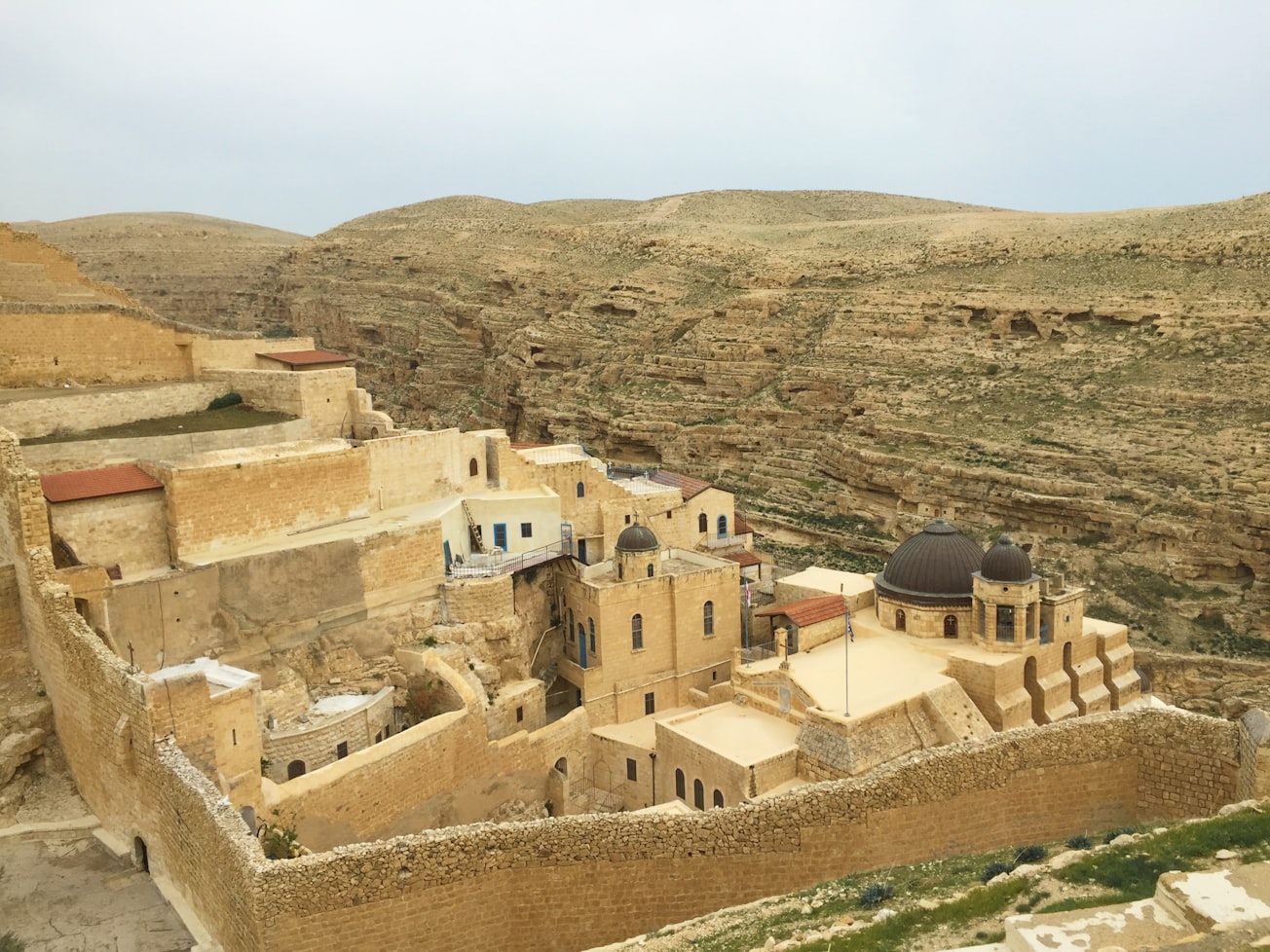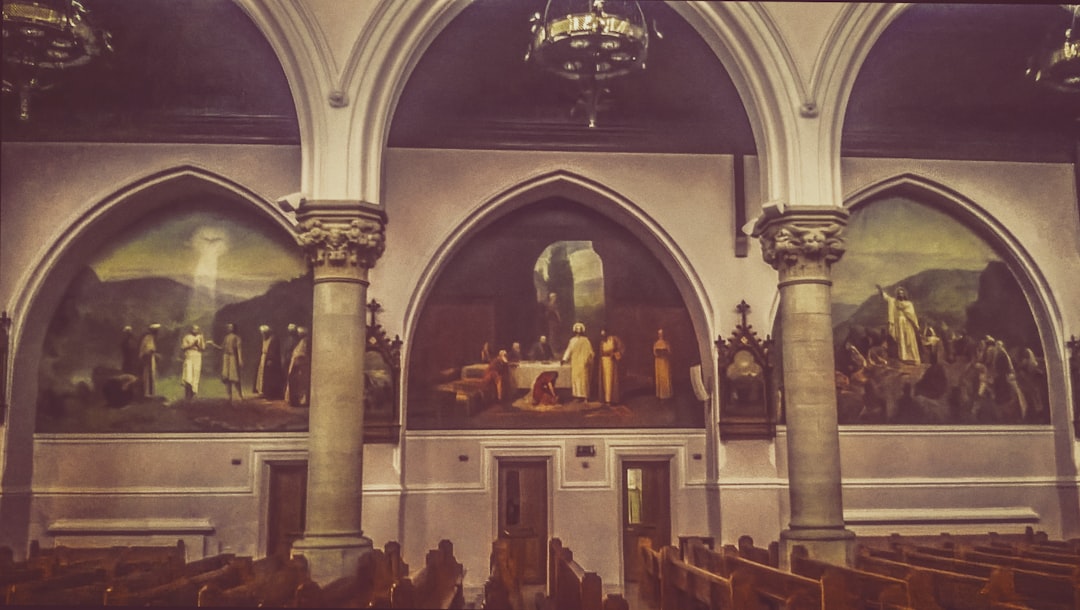What is it about?
One of the lost-and-found gospels from the Greco-Roman world is known as the Secret Gospel of Mark. It was discovered by a scholar named Morton Smith in the library of an old monastery, Mar Saba, located between Jerusalem and the Dead Sea. The year was 1958. In the decades since, scholars have debated whether the manuscript is a fake (done by Smith). There has not been and may never be any consensus. In my article, I present some neglected evidence from Eusebius of Caesarea's History of the Church, a fourth-century reference work, which contains excerpts and summaries of much early Christian literature that does not survive today, from private letters to formal treatises. As I see it, the evidence is best explained on the hypothesis that Smith used information from Eusebius in order to manufacture his discovery. But I don't insist on that. I present the evidence and my explanation of it in terms of probability, wagers, and bets -- in other words, a gamble, not certainty. The evidence comes in two interconnected parts. First is Eusebius' excerpt of a letter by Serapion of Antioch about a Gospel of Peter, a letter that is similar to Morton Smith's discovery. No copy of this letter has ever been found, but a fragmentary copy of a Gospel of Peter was discovered in the late 1800s. Serapion's letter excerpted by Eusebius is similar to Smith's 1958 discovery because what Smith found was not a direct copy of a Secret Gospel of Mark but rather a copy of a letter of Clement of Alexandria *about* Secret Mark, *quoting* Secret Mark. Both letters, by Serapion and Smith's Clement, allege that the gospels in question were interpolated or textually corrupted by 'heretics,' and both letters seek to isolate those unauthorized additions for their addressees. The letters are more than similar, in fact; while other ancient epistles in Greek and Latin mention manuscript tampering, as far as I know these are the only letters that actually itemize textual corruptions. Part two is Eusebius' placement of his excerpt of Serapion's letter, in section 6.12 of his History of the Church, right next to his discussion and summary of the works of the authentic Clement, in 6.13-14. There Eusebius includes Clement's account of the composition of the four canonical gospels: Matthew and Luke, then Mark, followed by the "spiritual" (Greek: pneumatic) Gospel of John. The authentic Clement had written this account in a work called the Hypotyposes, which Eusebius had access to. No copy of Clement's Hypotyposes has survived from antiquity, but as it happens in the letter that Smith discovered Smith's Clement uses the same adjective to say that Mark rather than John composed a "more spiritual/pneumatic" gospel, a mystical or secret version of the Gospel of Mark. According to Smith's Clement, it was to be read by advanced initiates only, but some heretics got ahold of it and corrupted it. Taking the evidence together, I think we would have to assume too much coincidence for Smith's discovery to be genuine. Not only would we have to assume that Serapion and Clement wrote similar letters under similar circumstances; we would also have to assume that later, in the fourth century, Eusebius coincidentally placed his excerpt of Serapion right next to his discussion and summary of the authentic Clement, all the while not knowing that, like Serapion, Clement had (supposedly) written a letter about an interpolated gospel too. Eusebius said nothing whatsoever regarding any letters written by the authentic Clement. As I state in my article, "it’s much more thinkable to me that Smith read what had been disparate elements from Serapion and the authentic Clement, embedded together" in Eusebius, History of the Church, 6.12&14, and that Smith "reconfigured them into a previously unknown and otherwise unattested letter of Clement about a previously unknown and otherwise unattested secret Gospel of Mark."
Featured Image

Photo by nour tayeh on Unsplash
Why is it important?
Debate over Secret Mark is, in a way, pertinent to the current political issue of fake news and disinformation which involves the relativization of historical truth, facts, etc. If Smith's discovery were genuine, how could we tell? To what extent can the evidence be weighed by the public? How much does the public need to lean on the assessment of experts? And what is the public to do when experts disagree? In the realm of the humanities and social sciences, is objectivity even possible anyhow? It's important to point out, though, that Secret Mark is a rather unique case, and that other debates over biblical or Bible-adjacent texts have been settled, at least more firmly. Scholarship is not often at a impasse like this. For instance, scholars went back and forth for a few years as the so-called Gospel of Jesus' Wife was announced and studied, starting in 2012, but soon enough that text was proven and recognized by virtually all experts to be a modern forgery. Whereas the jury on Secret Mark is still out, long after Morton Smith's discovery in 1958 and long after his career and lifetime; Smith died in 1991.
Perspectives
I think Secret Mark is more impressive as a forgery than it would be if genuine. In my article, I go so far as to call it brilliant. There I am thinking about what it would take to pull off a successful manuscript fraud: the necessary skillset, planning, and execution. But Morton Smith's intent is another story. One reason why his discovery has been so controversial is that he suggested the text of the secret gospel depicts Jesus in a homoerotic master-disciple relationship with the youth of Mark 10:17-22 and 14:51-52, also identified as the resurrected Lazarus of the Gospel of John. Yet, before his discovery, Smith went on record in the Journal of Pastoral Care (volume 3.1 [1949]: pages 12-20), as an Episcopal priest, emphatically opposing homosexuality in the church. Whether Secret Mark is a forgery or not, it's tough to understand Smith's change of mind. On one reading, it looks like his (interpretation of the) text was meant to mock progressive Christians of his day and their acceptance of gay parishioners -- although Smith's opposition and his apparent mockery have been forgotten or ignored in subsequent generations as the text is occasionally invoked in queer theologies. At any rate, I consider LGBT rights to be human rights that exist independent of scholarly interpretation and independent of early Christian texts, genuine or otherwise.
Grant Adamson
University of Arizona
Read the Original
This page is a summary of: What Are the Odds?, Novum Testamentum, June 2022, Brill,
DOI: 10.1163/15685365-bja10020.
You can read the full text:
Contributors
The following have contributed to this page










